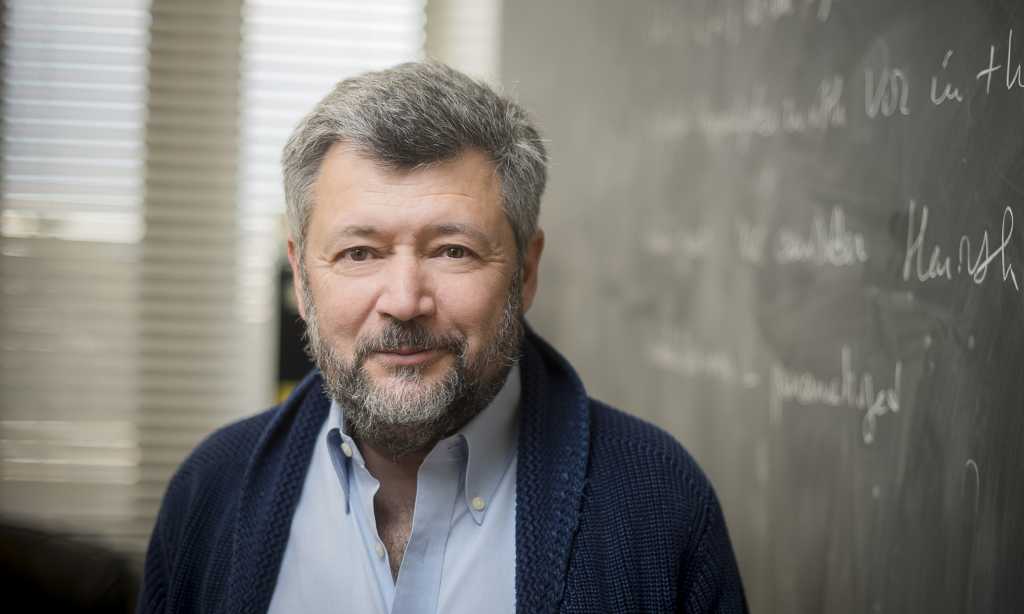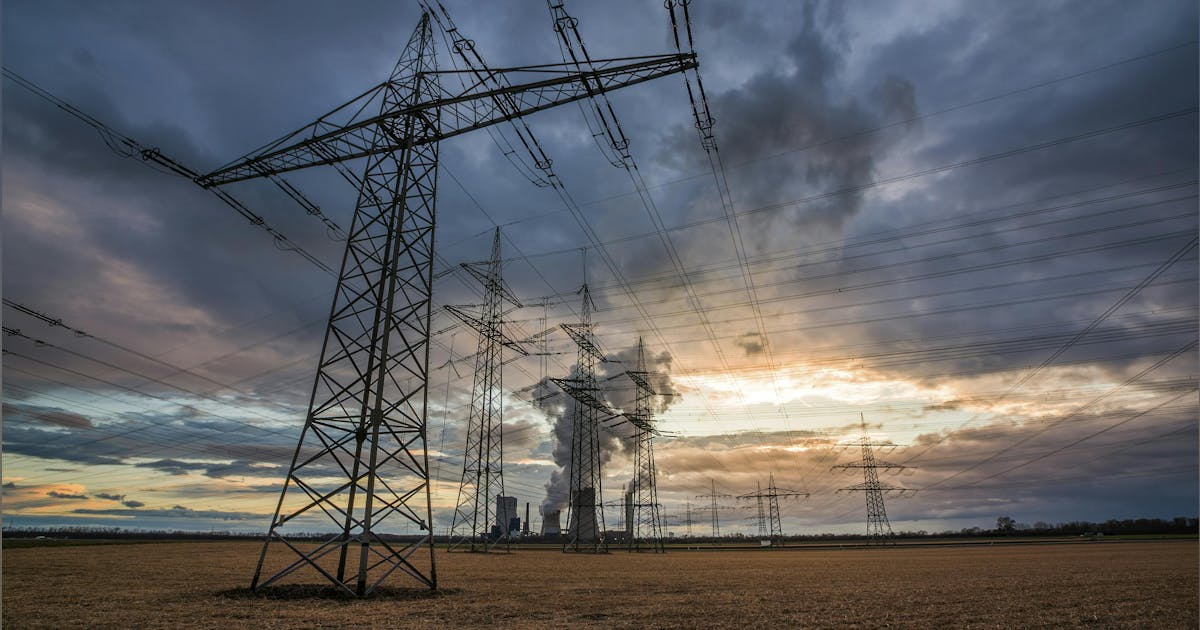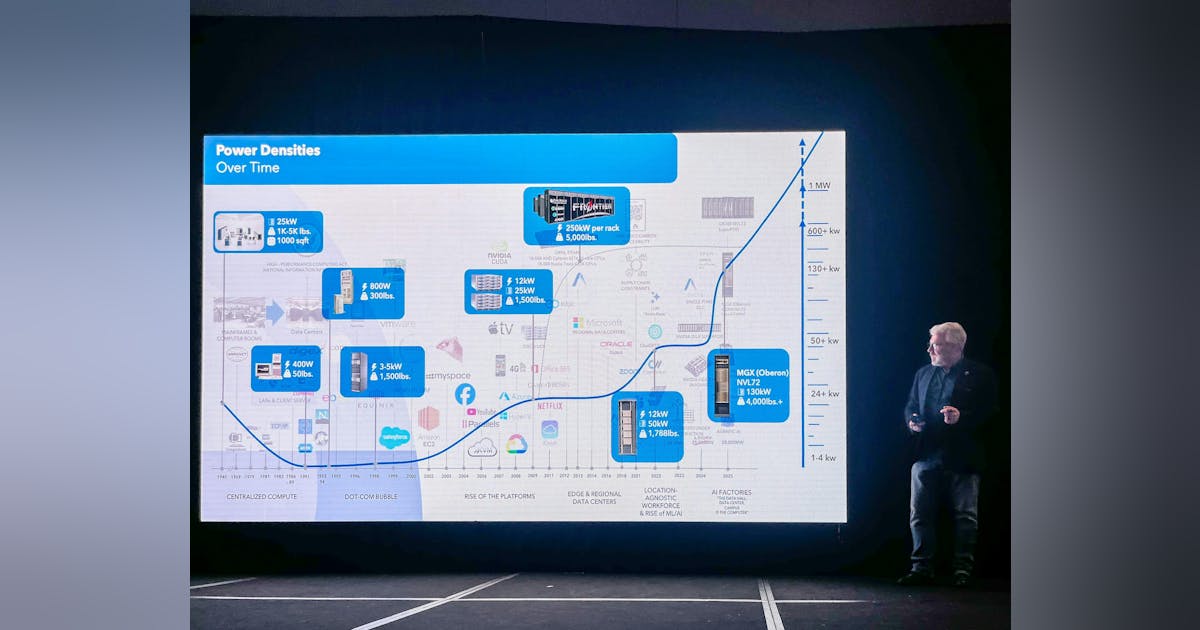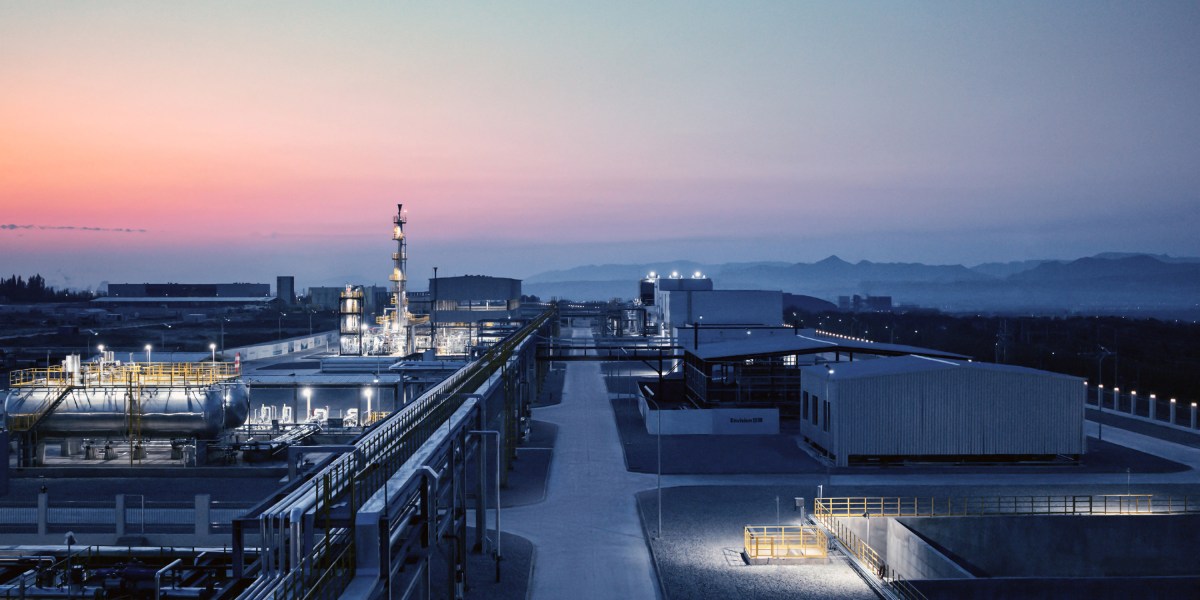
Gov. Gavin Newsom, D-Calif., signed into law Monday a bill that will expand the California Energy Commission’s streamlined certification program to allow it to speed approvals for geothermal energy, but he vetoed a bill to speed approvals of well-drilling for geothermal exploratory projects.
“In addition to delaying much-needed regulations that are already in process, the [Geologic Energy Management] Division would need to substantially increase fees on geothermal operators to implement the new requirements imposed by the bill,” Newsom wrote in his veto message for the second bill, AB527.
Newsom said in the message that while he supports the expansion of geothermal energy in California “as a much-needed source of baseload clean power,” he thinks that the increased fees would disincentivize geothermal development “beyond any incentive provided by a [California Environmental Quality Act] exemption for one part of a project’s permitting process.”
The governor also noted that he signed AB1359 last year, which reformed the approval process for geothermal exploration, and he thinks it is “prudent that we understand the effects of these changes before granting wholesale CEQA exemptions with costly and complicated conditions.”
AB527 would have allowed geothermal exploratory projects that GEMD deems to meet certain criteria to also be presumed to “have satisfied the requirements of CEQA for the geothermal exploratory project, including to support the issuance of any permit, funding, or other approval by a state or local agency, as provided.”
AB531, which Newsom signed, makes geothermal projects one of the types of projects that — once the state Energy Commission certifies them as an “environmental leadership development project” — can benefit from a streamlined approval process under CEQA.
The other projects that can receive that certification are solar or wind farms generating 50 MW or more, energy storage systems capable of storing 200 MWh or more, power plants 50 MW or more that use any source of thermal energy excluding fossil or nuclear fuel, the transmission lines associated with these facilities, facilities that manufacture or assemble clean energy or storage components, and green hydrogen production facilities plus their associated onsite storage and processing facilities.






















